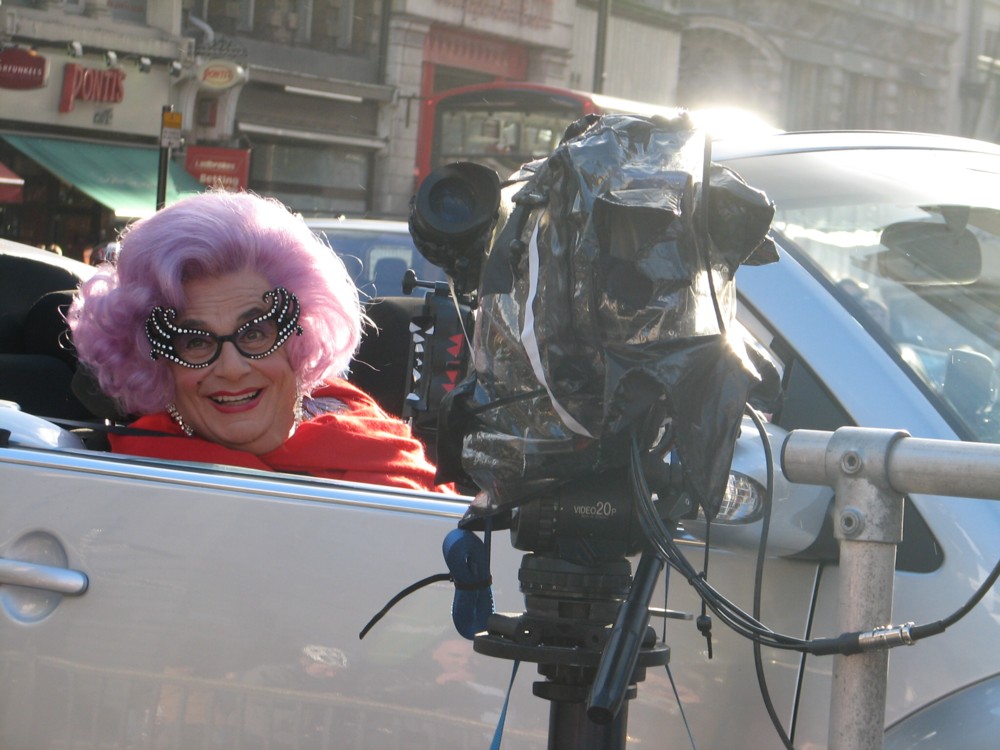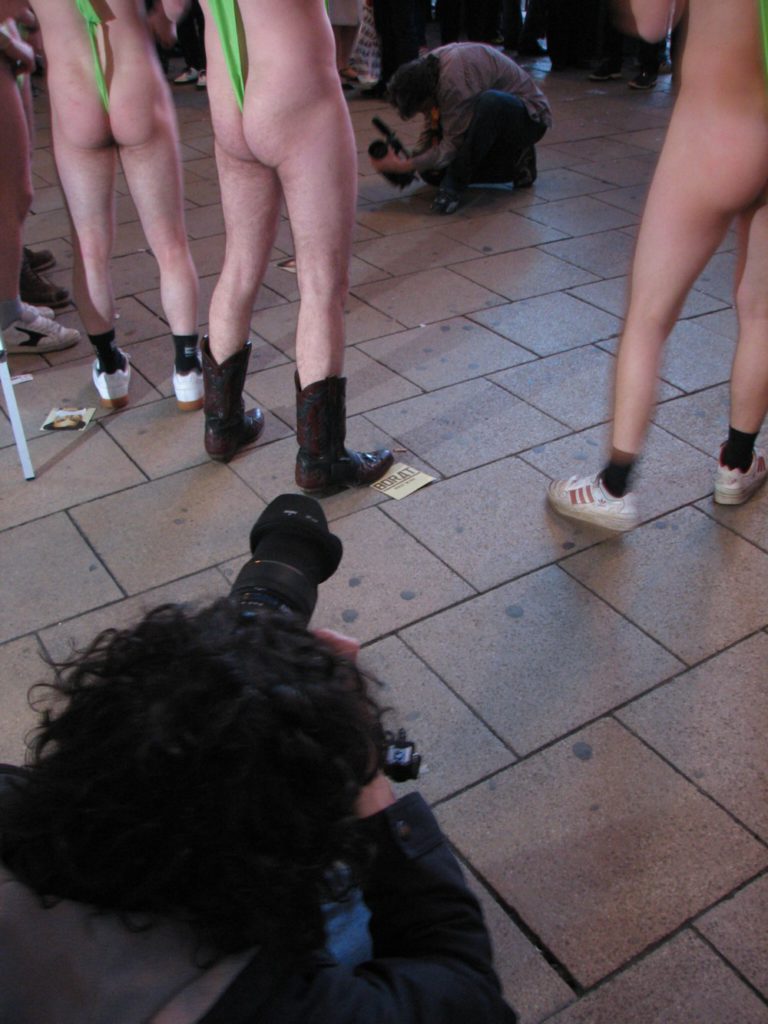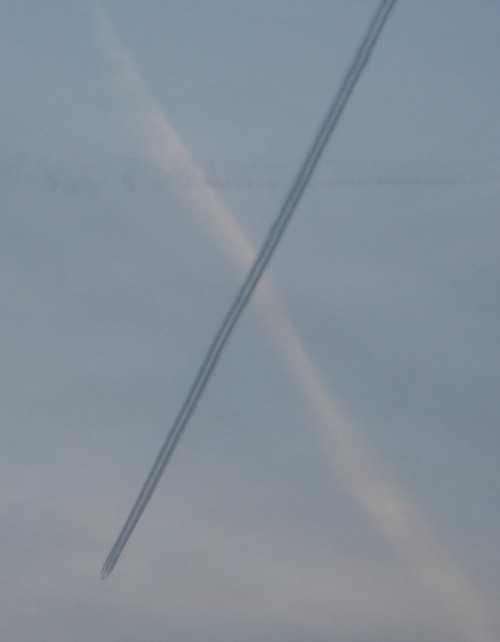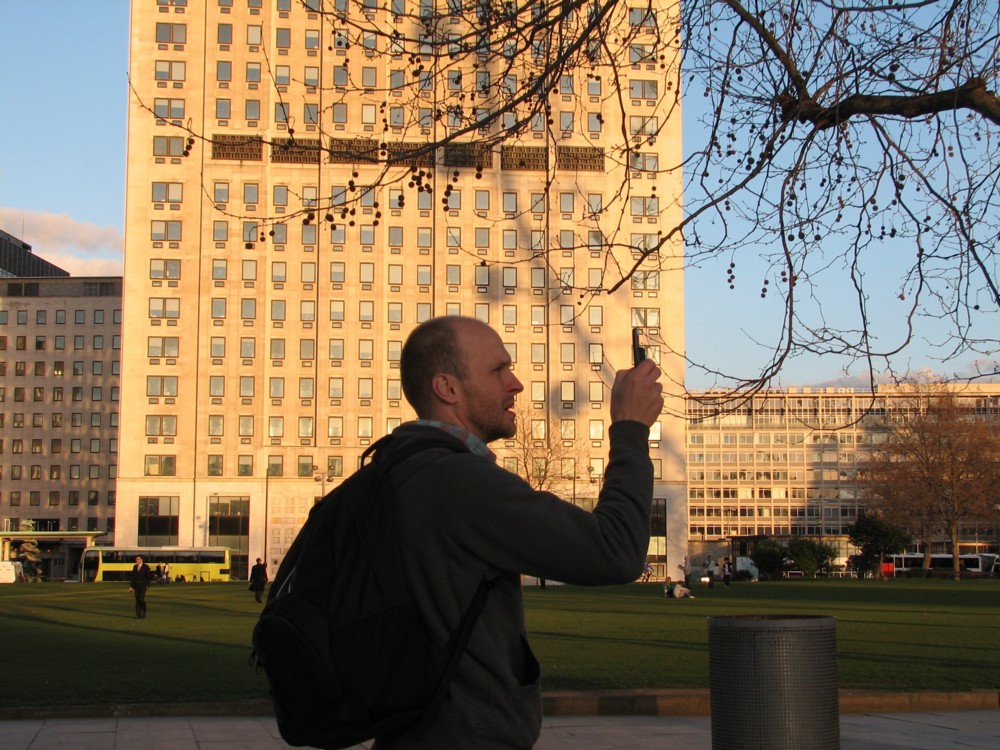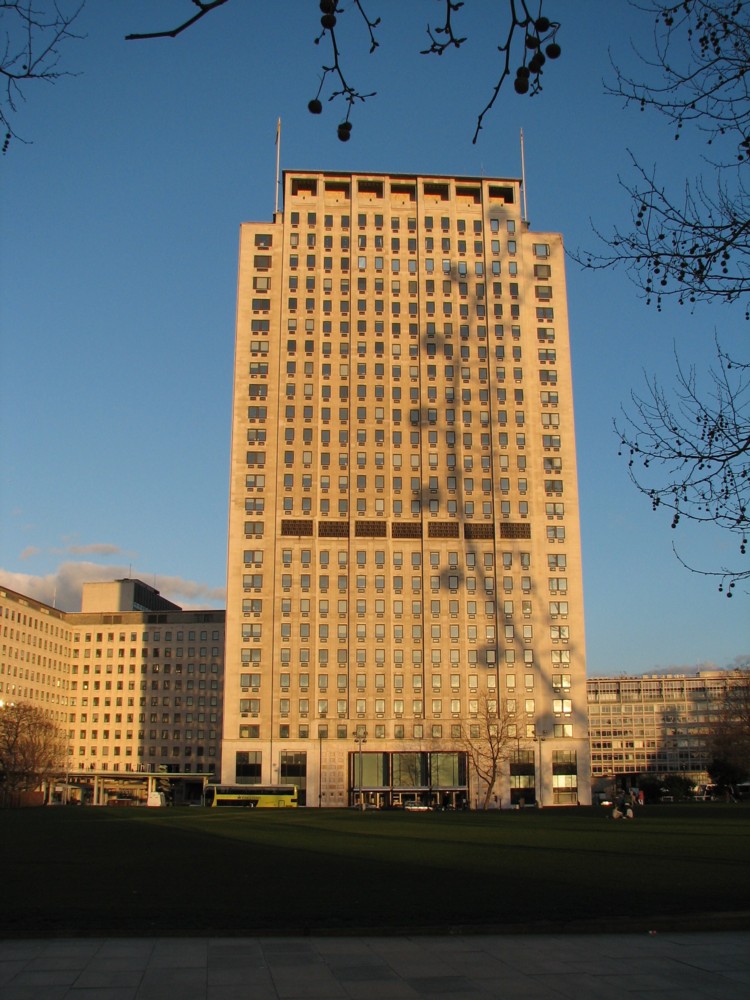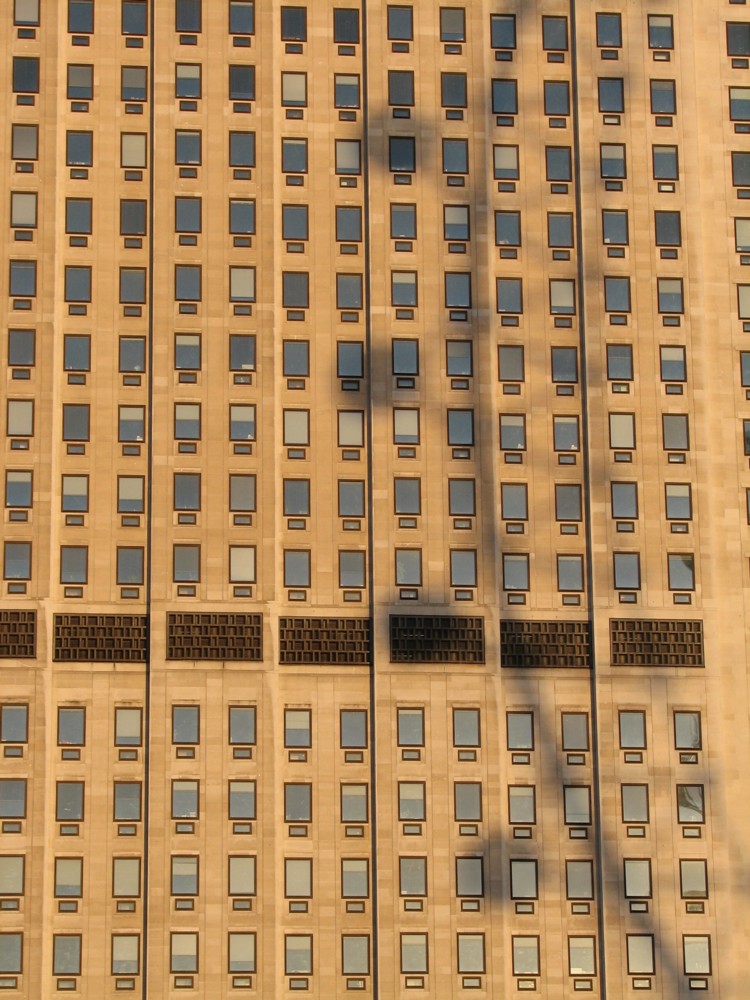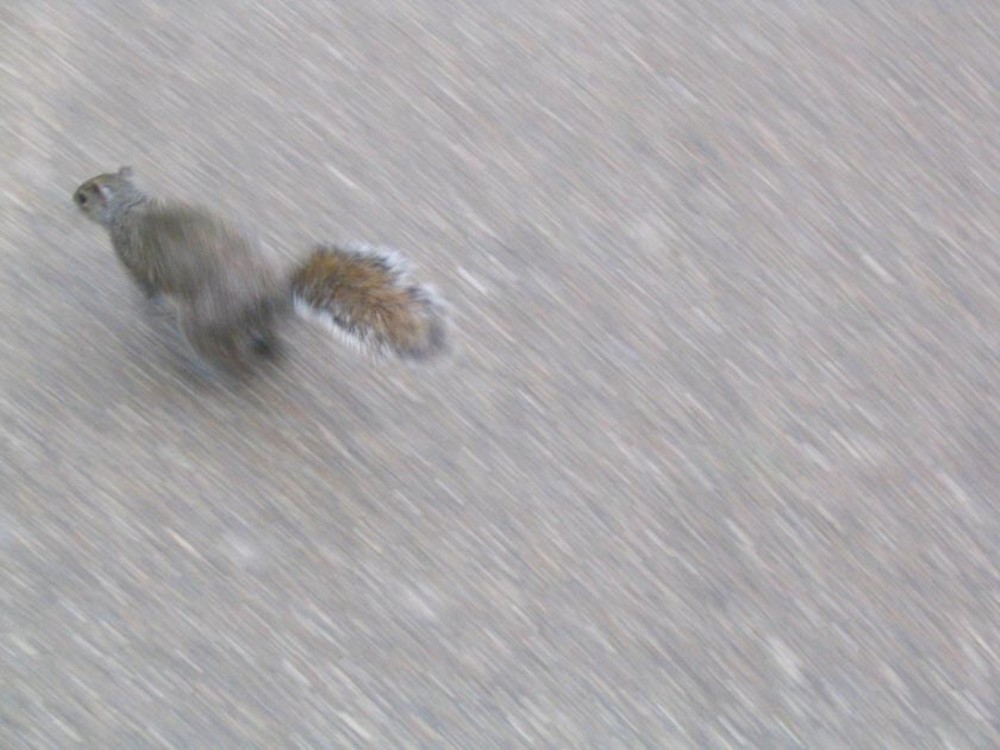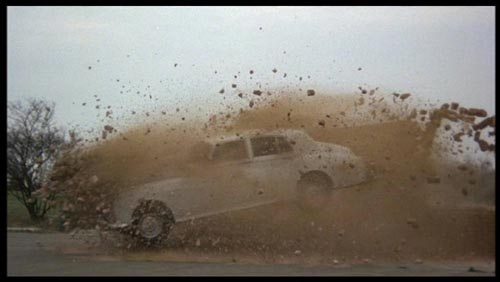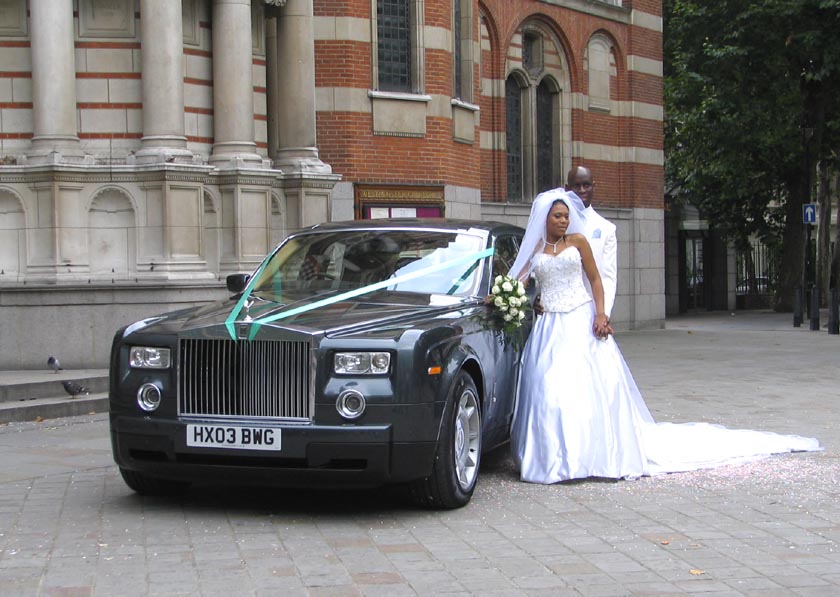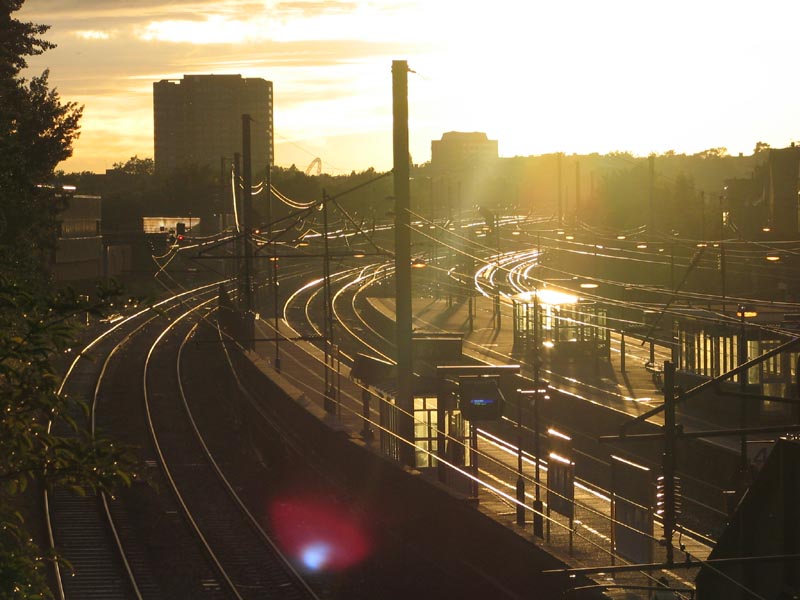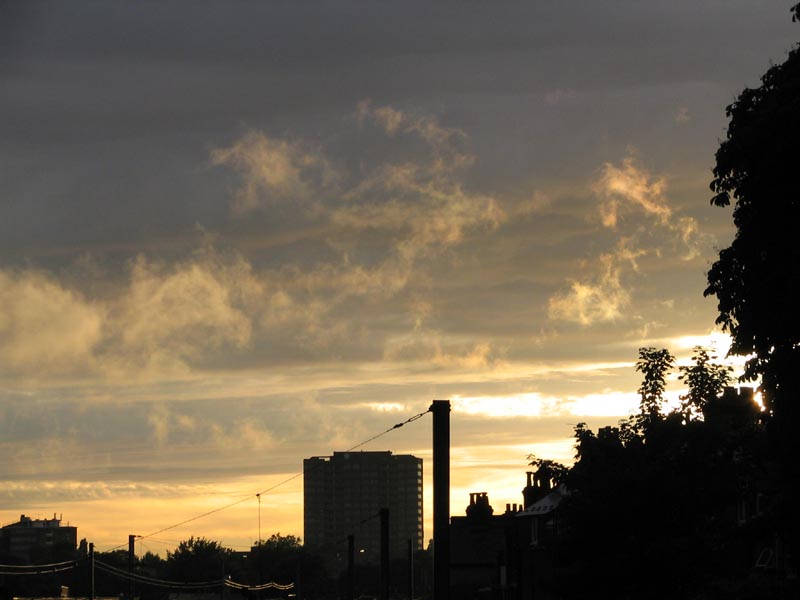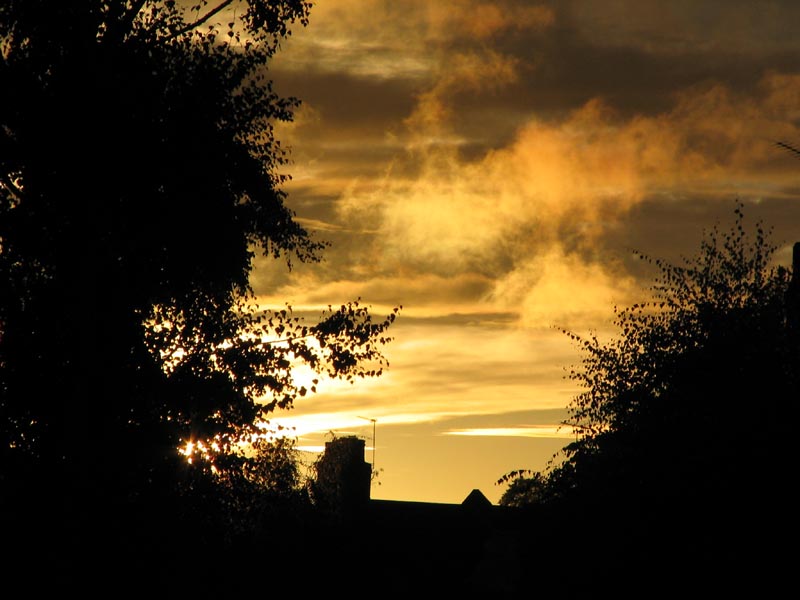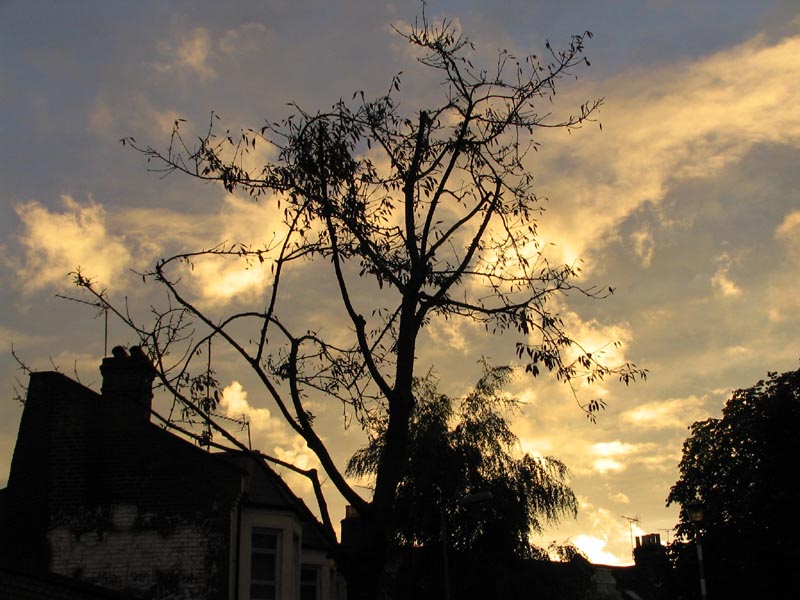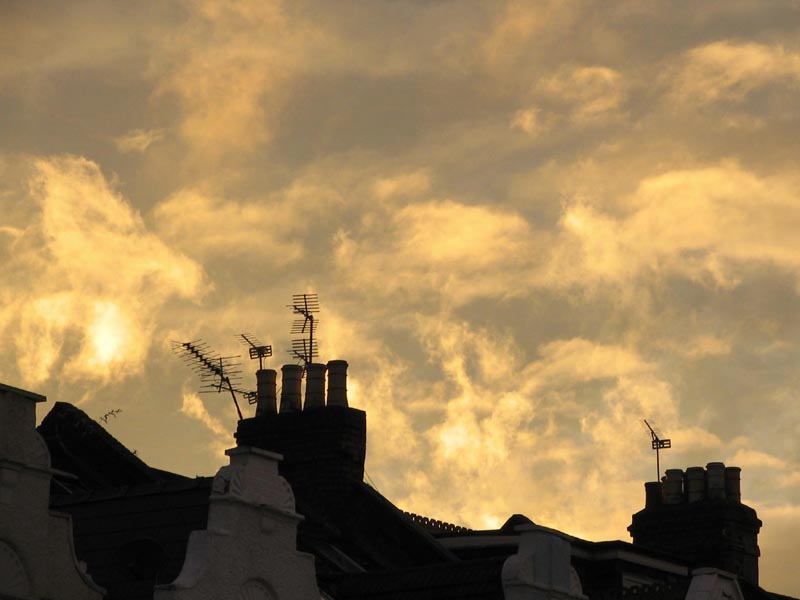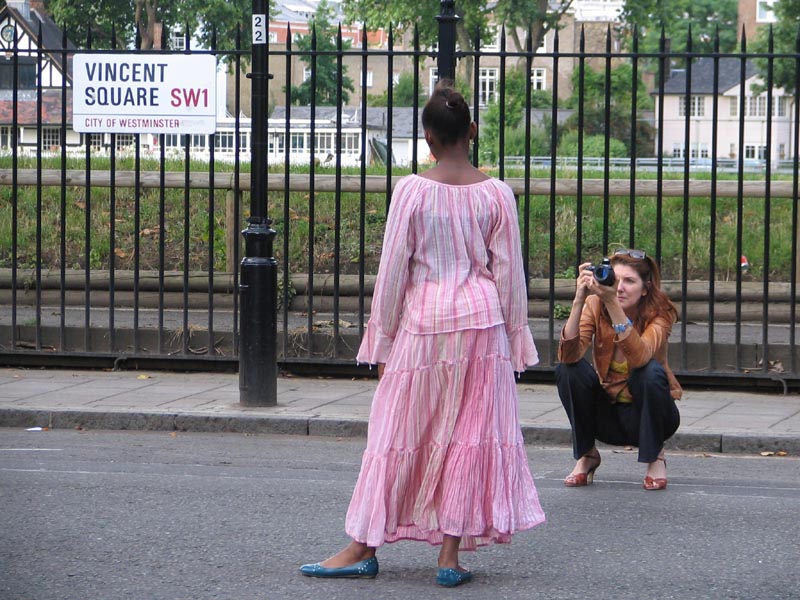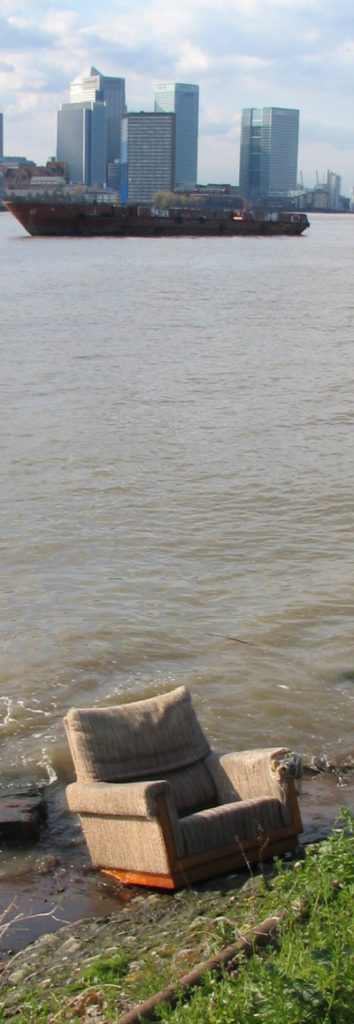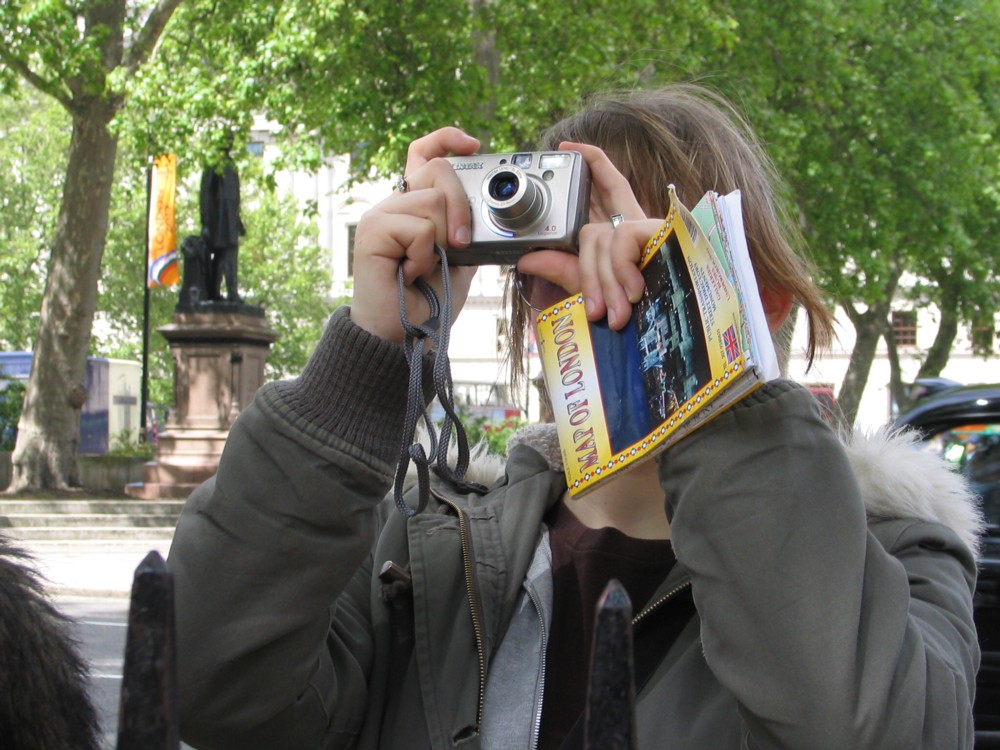Last night I and some friends attended a concert given by the Belmont Ensemble of London, in St Martin-in-the-Fields, which is the splendid and beautifully decorated early eighteenth century church at the top right corner of Trafalgar Square.
It was one of those concerts of baroque and not long after string orchestra favourites, of the sort that only the public has much fondness for. Bach Brandenburg 3, Mozart Divertimento K137, Pachelbel Canon, Mozart Adagio and Fugue, Bach Double Violin Concerto, and in the second half Handel Arrival of Queen of Sheba, and finally Vivaldi’s Four Seasons.
The first half was excellent. Sometimes the accoustics at classical concerts make it sound as if someone has turned up the treble knob, which is the opposite of what I do at home. But in St Martin’s, the accoustic is very echo-y and forgiving, and provided you play in tune, which these young string players all did with only very rare deviations, you will sound pretty good. Also, the conductor, Peter Gilbert-Dyson, clearly knows what he is about. He chose good tempi, and kept things bowling along well. His orchestra is not called the Belmont Ensemble for nothing.
In part one, it was the Adagio of the Mozart Adagio and Fugue which had the most impact for me, partly because it is an amazing piece of music, and partly because of all the pieces played in the concert, it was one I knew least well. What weird harmonies. I will now dig out whatever CDs I have of this extraordinary piece and will definitely be listening to this piece again very soon.
Nevertheless, part one had a strange feel to it. It had me thinking that posh music-making has finally come full circle and we are back to the age when classical musicians are domestic servants. The Great Recordings of all this music have all been made. The Great Conductors who presided over these recordings have come and gone. The Belmont Ensemble either cuts its own CDs and sells them for a fiver in the foyer to friends, to relatives, and to CD-maniacs like me, or they don’t. Those are their recording choices. Otherwise serving up classical hits, for tourists who clap after first movements, and for the aging Classic FM listening middle classes, is about all there is. Being the best of their generation is no longer enough, because there have now been too many generations.
Actually they were charging a tenner for their CDs, which is twice as much as the LSO charges for theirs and a quid more than what the LSO charges for its SACDs. Which might explain why they have only made three CDs so far and why the last one they made was recorded in the mid-nineties. A tenner is too much. No doubt there are all manner of complicated reasons, involving the phrase “business model”, why they can’t charge only a fiver, but I repeat: a tenner is twice too much.
So in other words, part one of this concert, although expertly played, got me thinking about the History of Music. My mind wandered somewhat. These people were the hired help. They were good at being the hired help, and performed their duties with an expertise that was beyond criticism, certainly from the likes of me. But, it was all ever so slightly routine.
This air of expert routineness was only reinforced by the Bach Double Violin Concerto, the last piece played in part one. One of my friends grumbled about some poor tuning from the lady leader of the orchestra, Anna Bradley, who stepped up to play the second violin part in this, but she sounded fine to me. Having fallen in love in my teens with the Oistrakh DGG recording of this I was ready to be severely unimpressed, but I enjoyed this performance a lot. It is extraordinary music and Ms. Bradley, joined by first violinist Benjamin Nabarro, played it very well. Good speeds. Well conducted. No bum notes that I could spot. None of that authentic crap, where you overdo the first note in each bar, swallow the rest, and play everything too fast. Lovely.
The first violinist, Benjamin Nabarro, wearing a dark shirt with no tie and with the top button undone, played excellently, but I kept thinking how he might have looked dressed as an eighteenth century servant, scraping away for a humble living in the service of the Elector of Somewhereburg. He is a short fattish bloke with a beard, who looked more like one of these people who come to mend your computer or your sink than any sort of virtuoso violinist. A Hobbit. Twenty years ago, such a chap would have made a decent living in an orchestra, maybe even a decent career as a soloist. Fifty years ago, he might have been a household name. As it is, history has passed him by. Life is unfair, and playing the fiddle this cleverly counts for extremely little nowadays. In ten years Benjamin Nabarro will be exactly what he is now, Benjamin Who? That’s how it seemed to me.
Until, Vivaldi’s Four Seasons got under way. With that, everything changed.
The Four Seasons is one of those pieces that is often underrated by the experts, because it is so popular. I agree with the public that it is by far Vivaldi’s best set of pieces. Something about the challenge of depicting the unpredictabilities of the weather, instead of just writing a bunch of concertos, seemed to stir Vivaldi’s creative juices. Unlike that Bach concerto, the Four Seasons features many abrupt changes of tempo and mood, and numerous oppportunities for both the soloist and the orchestra to create different moods and atmospheres. It’s like film music, and it greatly benefits from having show-off musicians playing it, who exphasise its numerous special effects.
This was one of the best performances of this group of concertos that I have ever heard. Or maybe it was just the contrast with all that had gone before, and it merely sounded like it at the time. Whatever. I really, really enjoyed it, and forgot about the History of Music for the duration. The slow movements were especially well done, with beautiful, still, almost vibrato-less playing the like of which I have seldom heard. It was the kind of performance where I stopped saying to myself, oh he did that bit wrong and not the way I prefer it, and said to myself instead, ah that’s how he did that bit, how wonderful.
Benjamin Nabarro, this time out at the front on his own as the soloist, was a man transformed, from a dutiful servant into the master both of his instrument and of all he surveyed, with his conductor matching his every move. Despite being dressed in the same nondescript clothing, he even looked different, not like a Hobbit at all. He looked like a star violinist. And whereas earlier I had felt sorry for him for missing out on the Great Recording Project, I now believe that he might yet be a part of whatever remains of this project, and become a household name even now. By the time I got home and googled him, I was not a bit surprised to learn how distinguished he seems to be, and with what a variety of ensembles and orchestras he has played, and what a variety of concertos he has performed.
Looking back on it, my guess is that the Vivaldi was the thing they all really practised. The other pieces, they practised enough to be sure they would not make fools of themselves, but the Four Seasons they practised enough for it (them) to really sparkle. Which it did.
Thinking about the History of Music some more, I still think that these deserving and worthy young people are destined for oblivion, having been born at one of the worst possible times for “classical” music-making ever, after the Great Recording Project (more about that by me and many commenters in this Samizdata posting), but before the Great Recovery from the Great Recording Project (concerning which more anon) gets seriously under way. But for as long as they were playing the Four Seasons, I forgot about that.

